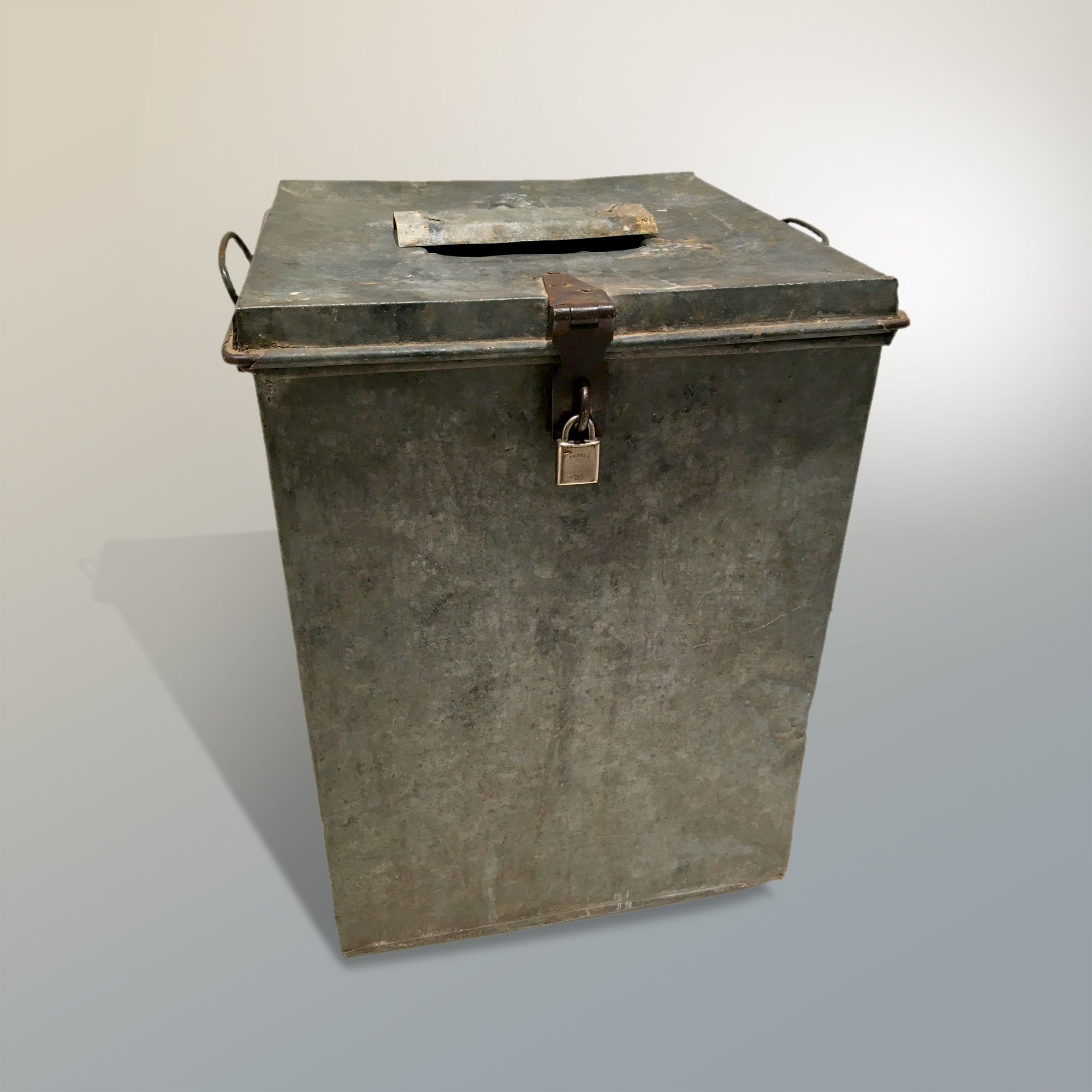Some information may be outdated.
Voting has deeply shaped the Moab community. Since Moab was established, numerous pivotal issues have been left up to the citizens of the Moab Valley, including the name of the city. Voting rights, however, have not always been guaranteed to the people who live here and access to voting continues to evolve.
In the late 1870s, the Moab Valley began to see an influx of Euro-American settlers. The fledgling village needed a name in order to establish a post office. Resident William Pierce suggested the name Moab because the region’s arid desert environment was similar to the biblical Moab east of the Dead Sea, and the name was adopted.
Several years later, some residents took up petitions to rename the town. In the Bible, Moabites were incestuous and idolatrous, associations that early town settlers were keen to avoid. Some residents sought to rename the town Vina, a nod to the bountiful fruit harvests. Another group proposed the name Uvadalia. Neither petition succeeded.
While Moab may sometimes seem isolated from the outside world, changing state and federal laws around voting access have fundamentally changed Moabites’ access to the ballot box and a voice in the government. Utah was first incorporated as a U.S. Territory in 1850 and officially recognized as a state in 1896. In 1870, women in Utah were the first in the United States to be able to cast their ballots. This was the same year as the passage of the 15th Amendment, which granted African American men the right to vote.
Throughout the next decade, however, the tides turned on women’s suffrage, and women were disenfranchised from 1887-1896, after the passage of the Edmunds-Tucker Act. This act was an anti-polygamous measure, designed to restrict practices of the LDS Church, which took with it women’s rights to vote. The end of Church-sanctioned polygamy in 1890—an act pushed through by then-Church President Wilford Woodruff—re-enfranchised women in the soon-to-be state of Utah. But it wasn’t until 1920, with the passage of the 19th amendment, that women’s suffrage became nationally adopted.
The Snyder Act of 1924 admitted Native Americans born in the U.S. to full U.S. citizenship. Though the previously passed Fifteenth Amendment granted all U.S. citizens the right to vote regardless of their race, it wasn’t until the Snyder Act that Native Americans could enjoy the rights granted by this amendment. In practice, however, Native Americans faced continued barriers to voting access.
Voting access continues to evolve. The National Voter Registration Act, passed in 1993, allowed for approximated locations on voting registration forms—a measure that paved the way for increased voting access for rural residents who didn’t have conventional addresses. This was particularly relevant in southeastern Utah, specifically for residents of the Navajo Nation. In recent years, Plus Codes, a project of Google Maps, has given each place on earth a unique short code accompanied by a proximal place name: such as “2Q5V+XW, Oljato, UT.” These codes can function like conventional addresses for voter registration, making voting accessible to rural voters in the region.
While much has changed since the first votes were cast in Moab, voter access remains a matter of national conversation in the United States as well as here locally in southeastern Utah.
The Moab Museum is dedicated to sharing stories of the natural and human history of the Moab area. To explore more of Moab’s stories and artifacts, find out about upcoming programs, and become a Member, visit www.moabmuseum.org.
Appreciate the coverage? Help keep local news alive.
Chip in to support the Moab Sun News.





